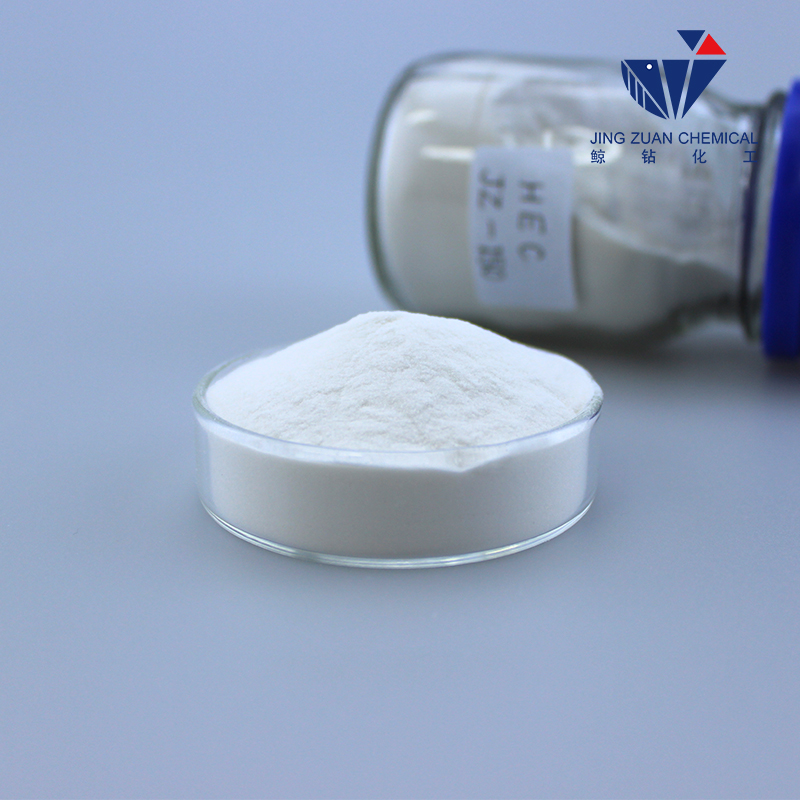
Dec . 16, 2024 04:58 Back to list
hydroxyethyl cellulose solubility in ethanol
Hydroxyethyl Cellulose Solubility in Ethanol An Overview
Hydroxyethyl cellulose (HEC) is a non-ionic cellulose ether that has gained significant attention in various industrial and pharmaceutical applications due to its unique properties. As a water-soluble polymer, HEC offers remarkable thickening, emulsifying, and stabilizing capabilities. However, the solubility of HEC in organic solvents, such as ethanol, has implications for its functionality in specific applications. Understanding the solubility characteristics of HEC in ethanol is essential for formulating products effectively, whether in cosmetics, pharmaceuticals, or other industries.
Chemical Structure and Properties of Hydroxyethyl Cellulose
Hydroxyethyl cellulose is derived from cellulose, which is the most abundant organic polymer on Earth. The hydroxyethyl groups are introduced to the cellulose backbone through a chemical reaction that involves the substitution of hydroxyl groups with hydroxyethyl groups. This modification enhances the solubility of cellulose in water while imparting unique rheological properties.
The chemical structure of HEC contains several hydroxyl groups, which interact with water molecules, allowing the polymer to dissolve efficiently. However, the introduction of hydroxyethyl groups changes its affinity towards various solvents, including ethanol. As a result, understanding the solubility behavior of HEC in ethanol is critical for researchers and formulators.
Solubility Characteristics of HEC in Ethanol
HEC is generally considered to be insoluble in ethanol at room temperature. The primary reason for this insolubility lies in the chemical nature of ethanol compared to water. While HEC readily dissolves in water due to hydrogen bonding between the hydroxyl groups of the polymer and water molecules, ethanol has a weaker hydrogen bonding capability.
hydroxyethyl cellulose solubility in ethanol

However, the interaction between HEC and ethanol may vary depending on several factors, including molecular weight, concentration, and temperature. Higher molecular weight HEC tends to exhibit lower solubility in ethanol, while lower molecular weight variants might show some solubility. Furthermore, increasing the temperature can enhance the solubility of HEC in ethanol slightly, although it might never reach the levels seen in water.
Practical Implications of HEC Solubility in Ethanol
In practical applications, the insolubility of HEC in ethanol has both advantages and disadvantages. For example, in the formulation of cosmetics and personal care products, HEC can successfully thicken water-based formulations without dissolving in alcohol-based products. This property is particularly beneficial in creating stable emulsions where water and oil phases must be maintained separately.
On the other hand, if a formulation necessitates the use of ethanol as a solvent or carrier, the inability of HEC to dissolve could pose challenges. This limitation may prompt formulators to consider alternative agents or strategies to achieve the desired viscosity or stability in their products. For example, blending HEC with other polymers that are soluble in ethanol might create a synergistic effect, enabling better performance in alcohol-based formulations.
Conclusion
The solubility of hydroxyethyl cellulose in ethanol is a complex interplay of its chemical structure and the properties of the solvent. While HEC is predominantly insoluble in ethanol, variations in molecular weight, concentration, and temperature can influence its behavior. Understanding these characteristics is vital for researchers and formulators across various industries who seek to optimize product formulations.
HEC continues to be a valuable ingredient due to its versatility and functionality. While challenges related to its solubility in alcohol-based systems exist, innovative strategies can be developed to harness the unique properties of HEC effectively. As research progresses, additional insights into the solubility and interaction of HEC with various solvents, including ethanol, will undoubtedly enhance its applicability in diverse fields, from pharmaceuticals to food technology.
-
Versatile Hpmc Uses in Different Industries
NewsJun.19,2025
-
Redispersible Powder's Role in Enhancing Durability of Construction Products
NewsJun.19,2025
-
Hydroxyethyl Cellulose Applications Driving Green Industrial Processes
NewsJun.19,2025
-
Exploring Different Redispersible Polymer Powder
NewsJun.19,2025
-
Choosing the Right Mortar Bonding Agent
NewsJun.19,2025
-
Applications and Significance of China Hpmc in Modern Industries
NewsJun.19,2025







